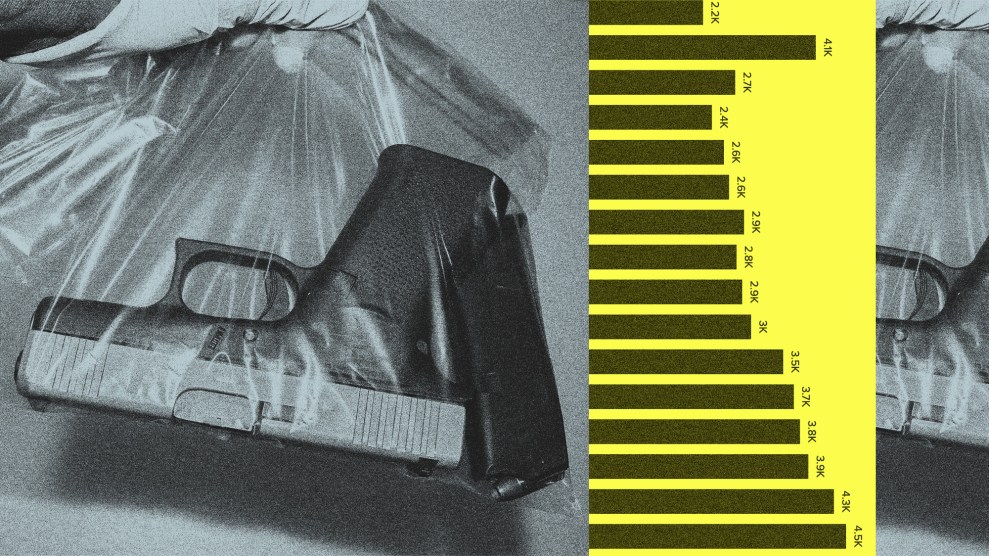Last night, I went to see Guantanamo: Honor-Bound to Defend Freedom, a new play based on testimony by Gitmo detainees, along with their lawyers and families. Despite the fact that there was hardly any physical movement in the whole play, and very little dialogue, the audience appeared thoroughly engrossed—I have never heard so few coughs and seat-shifts in an auditorium. Even though the media has been covering Guantanamo and the policies surrounding it for some time, there’s still no substitute for first-person accounts. Based on a few conversations I overheard after the play, it seemed many people learned things they haven’t seen in the daily news.
One of the key points made in the play was that Guantanamo is actually something of a distraction. Indeed, as policies of “extraordinary rendition” have come to light, it has become clear that those in Guantanamo are, in contrast, being treated quite well. Anyone whom the administration wants to torture for information is most likely not being held at Guantanamo. In that sense, it has drawn our attention away from other, lesser known and often more egregious detainment policies.
So who is in Guantanamo, and why are they there? It may be a possibility that, as Michael Ratner’s new book discusses, Pentagon officials aren’t revealing the names of detainees in the hopes that they can turn them into undercover agents when they go back to their home countries. Apparently this is what happened with many IRA prisoners in Britain. As well, Ratner theorized that the widespread tactic of humiliating photos taken of detainees could be part of a blackmail to goad prisoners into working for U.S. intelligence. Though, as the play reveals, the number of detainees with actual intelligence value is meager at best. Additionally, widespread mental illness as a result of the conditions in the camp make it doubtful that they could ever become competent spies.
The play therefore drove home the message that Guantanamo is largely of symbolic value. But it’s not just the American public that might make the assumption that Guantanamo must be full of “bad guys.” Testimony from one British detainee, Jamal al Harith, revealed that he was brought in for interrogation and told that his record was clean, that military intelligence couldn’t even find a parking ticket on his record. But instead of accepting that he may, in fact, be innocent (as seems likely, since he has been released without charge after two years detainment), interrogators interpreted this clean record as further evidence that al Harith was somehow even more sneaky and sinister than previously imagined.
The scenery on the stage rarely changes, prisoners in the background, in their cages do little aside from sleep, wash, pray, and read the Koran. The only reading material allowed to the Guantanamo prisoners is the Koran. Given that the broad U.S. assumption that they are all radical, fundamentalist Muslims, it seems strange to have prisoners, with nothing to do all day, left in a cell to read the religious text over and over again. You’d think the administration would have the military throw a copy of Natan Sharansky’s The Case for Democracy to its captive audience.











